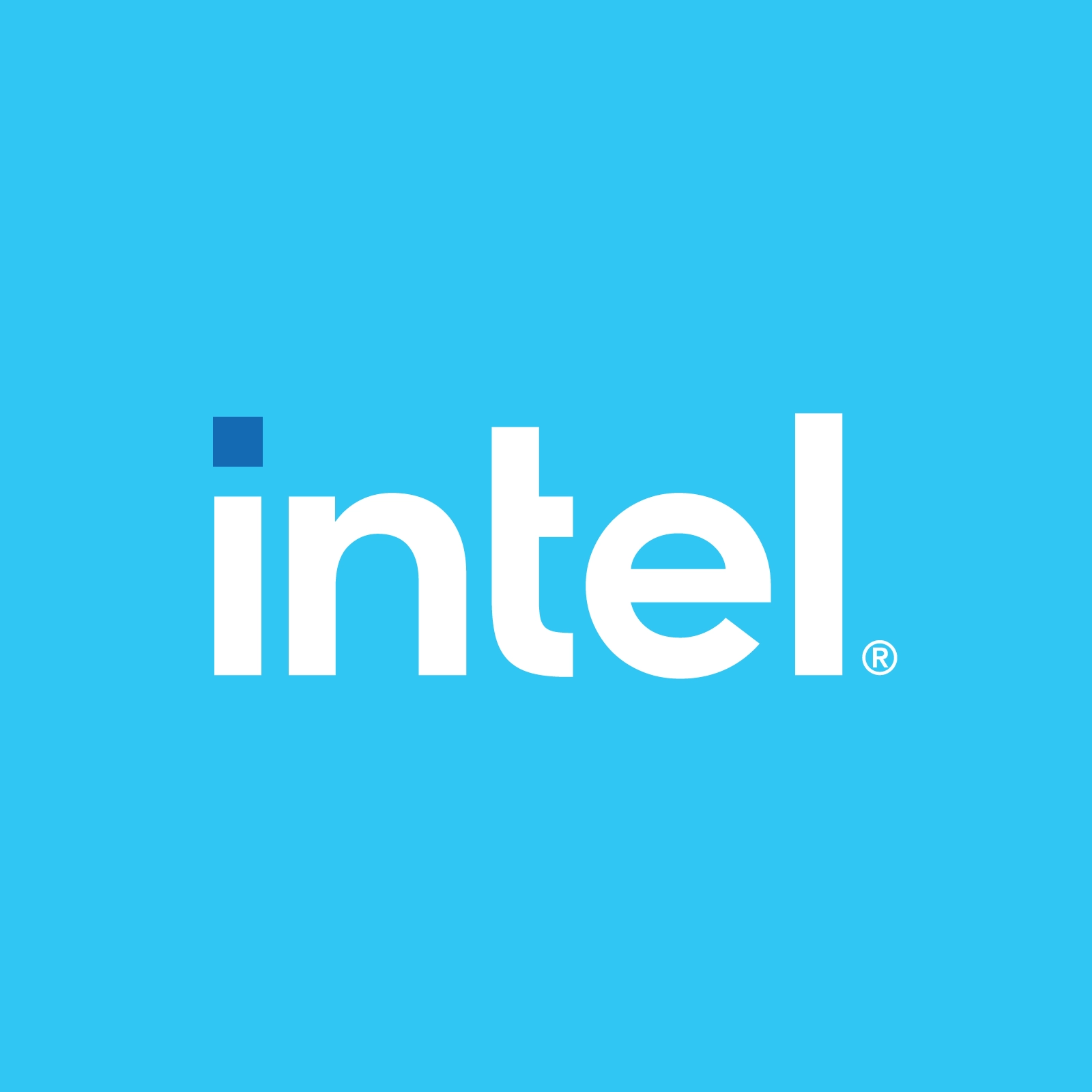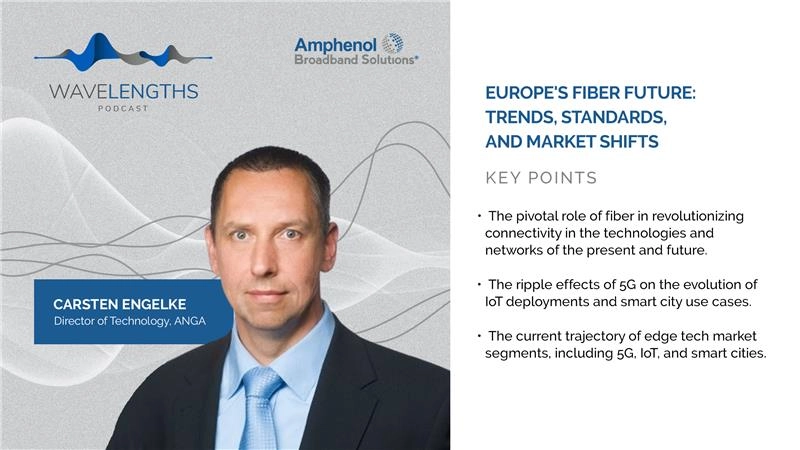A Human-Centered Approach to Learning and the Integration into the Education System
A human-centered education approach puts neurodiversity and people’s ability to learn differently at the forefront. Our current system is results driven. Human-centered learning evolves learning milestones naturally. “It’s not that the conventional approach is wrong. It’s that the world has changed. And we need education to do something really different. It’s not clear that we can tinker with the factory model enough to have it do what we need,” said Hansen. Technology is intertwined with our current education system. “Technology has always played a role in the education system,” said Rodriguez.
Technology, after all, is a tool. “Technology is an extension of human ingenuity. What humans can do – tech accelerates that,” said Rodriguez. Integrating technology into human-centered learning means getting creative about how, where, and when technology is used. Schools have started to implement learning-focused apps that personalize the journey for students. This approach is limiting. “They’re trying to personalize within a system that is still very standardized and regimented in what kids need to do, what order they need to do it, how quickly they need to do it,” said Hansen.
“A human-centered approach really says that the purpose of education is to help each individual maximize and realize their potential,” said Hansen. It shapes around each individual. It considers the science of how and when deep learning happens. Human-centered learning honors the nuance, diversity, and complexity of human capability. While those qualities sit at the center, the tools and tech allow a person to shape their interests and passions into what the world needs. “Technology is there to meet the needs, the community, and the students where they’re at,” said Rodriguez.
In the future of education, technology could be used to expose students to new and challenging environments. Virtual reality could introduce students to possible shadowing experiences that wouldn’t otherwise be possible. The technology could capture and credit learning experiences outside the traditional classroom setting.
To learn more about the human-centered learning approach connect with Eric Rodriguez and Ulcca Joshi Hansen on LinkedIn.
Subscribe to this channel on Apple Podcasts, Spotify, and Google Podcasts to hear more from the Intel Network and Edge Solutions Group.




